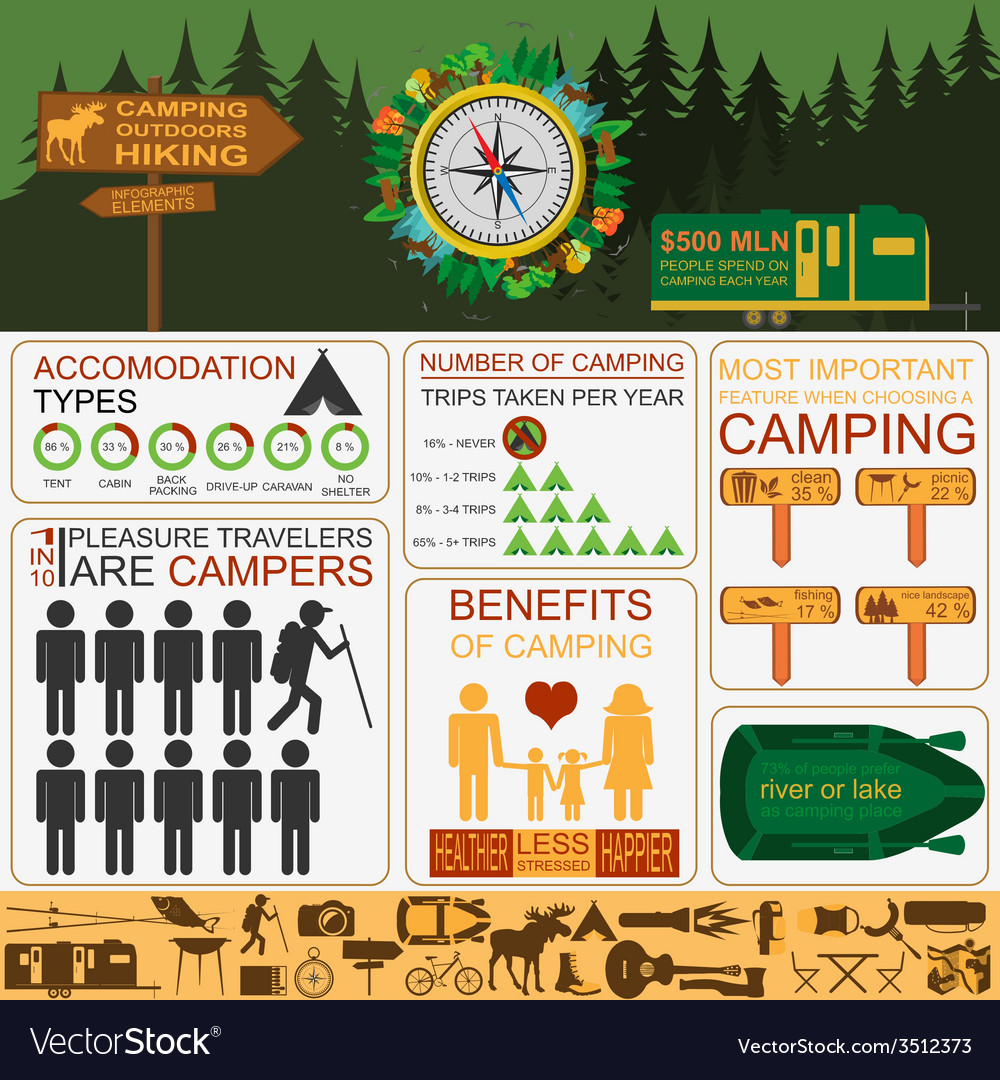If you camp routinely in locations with rocks or sharp downed branches or simply despise packing away a damp, muddy outdoor tents, then an impact is absolutely worth considering. Impacts are also reasonably low-cost compared to a brand-new tent.
What is the meaning of Glampers?
Several outdoor tents suppliers supply their very own certain footprints, which are cut to the exact dimension of the camping tent flooring. Nonetheless, you can make one on your own with a light-weight material like polycryo or tyvek.
Weather
Whether or not you need a footprint really relies on the problems you'll be camping in. If you're backpacking in an area where the ground is normally wet (it's pretty much inevitable), an outdoor tents impact can be a beneficial addition to your kit, as it will certainly stop your camping tent floor from coming to be soaked.
Nevertheless, if the footprint is too large it can function as a wetness trap and possibly enable water to pool under your outdoor tents. This can be prevented by ensuring the impact is reduced a bit smaller than your outdoor tents on all sides.
Normally speaking, it's ideal to obtain a footprint from the very same maker as your tent to ensure a precise fit. They likewise often tend to be made from thicker, extra sturdy products than DIY options. They can be pricey for something whose sole purpose is to shield the ground beneath your outdoor tents, however it can be a worthwhile financial investment if you appreciate the longevity of your equipment.
Terrain
Lots of quality outdoors tents can work well without an impact, particularly those that have tub floors constructed from resilient products. Nevertheless, the terrain you hike on can have a substantial effect on just how swiftly your tent flooring breaks. Granite slabs, sandstone and other tough surface areas wear with all-time low of your tent quicker than verdant meadows or forest floorings.
An impact or ground cloth helps prolong the life of your outdoor tents by acting as a barrier in between the ground and the sewn-in groundsheet of your camping tent, says REI senior sales expert Elizabeth Nguyen. It also safeguards the camping tent from unpleasant elements like sharp twigs and jagged rocks that can penetrate or tear the sewn-in floor. When choosing an impact for your outdoor tents, it's important to ensure it's somewhat smaller sized than the outdoor tents on all sides. This prevents water from pooling between the outdoor tents and impact during a rainstorm, which could leak right into your outdoor tents. The very best alternative for an impact is to acquire one designed for your particular camping tent, which will certainly assure a snug fit.
Tents with Lower Deniers and Water Resistant Scores
Whether you're an informal backpacker or a hardcore traveler, the durability level of your tent is an essential factor to consider. Outdoors tents made to be ultralight, bordering on minimalist, frequently trade off some degree of sturdiness in the material and products made use of.
One textile specification you'll encounter is denier, which refers to the weight in grams of a 9,000-meter length of yarn that makes up the tent's canopy, rainfly, and/or floor. A higher denier spec represents much more tough materials, while lower numbers suggest lighter and less long lasting textiles.
Various other specifications to look at include floor dimensions, vestibule size, and indoor pockets. The previous shows the general square-footage that can be utilized for comfortable space, while the latter can play a role in storage by providing a place to stash gear overnight and in bad weather. Ventilation is likewise an important aspect; as you exhale moisture during rest, it requires to get away, or condensation may develop inside. Functions such as mesh home windows and panels and adjustable rainfly doors assist enhance ventilation and avoid this from occurring.
The Expense
The expense of a tent can affect its efficiency, and it is likewise important to consider just how much you camping house tent can pay for to invest. Backpackers seeking a lightweight sanctuary must aim for a tent with a livability ranking of at the very least 2 stars, and if possible, 3 or even more.
Livability describes just how roomy an outdoor tents really feels, with headroom and floor dimensions playing a big role. Historically, backpacking outdoors tents utilized considerably sloped walls and marginal room to conserve weight, but modern materials enable designers to supply more comfort while maintaining weight low.
Storage is an additional aspect to consider, with vestibules and a quick-pitching design helping in reducing configuration time. Furthermore, the type of textile finishing and exactly how the tent is stored can affect durability. As an example, a PU finish that breaks down faster when wet, or undergoes repeated cycles of storing and un-stowing, can substantially shorten the life-span of an outdoor tents. Similarly, using a personalized footprint as opposed to stuffing a tent in a slipshod manner will certainly also expand its life expectancy.
How long does canvas tent last?
